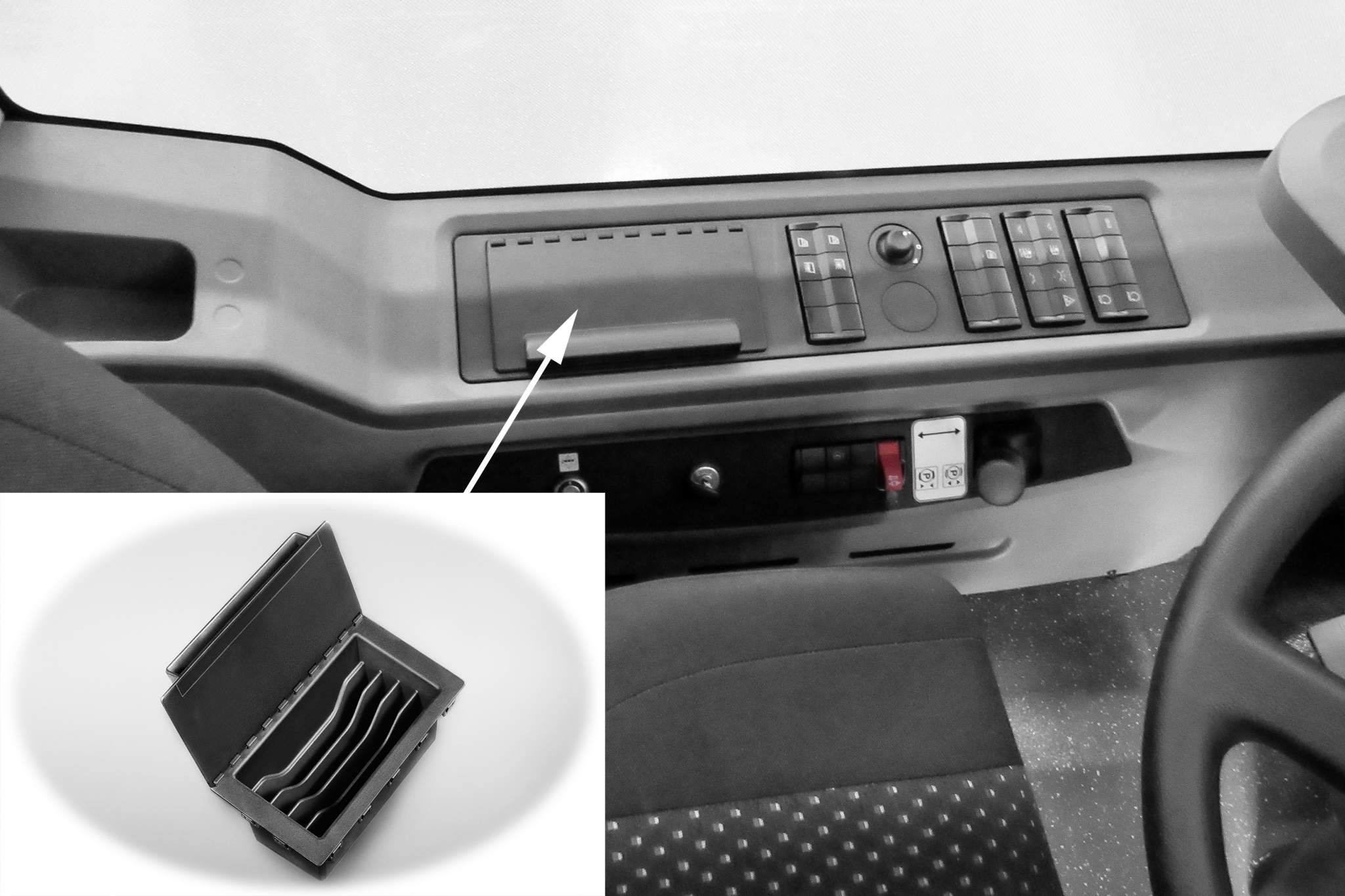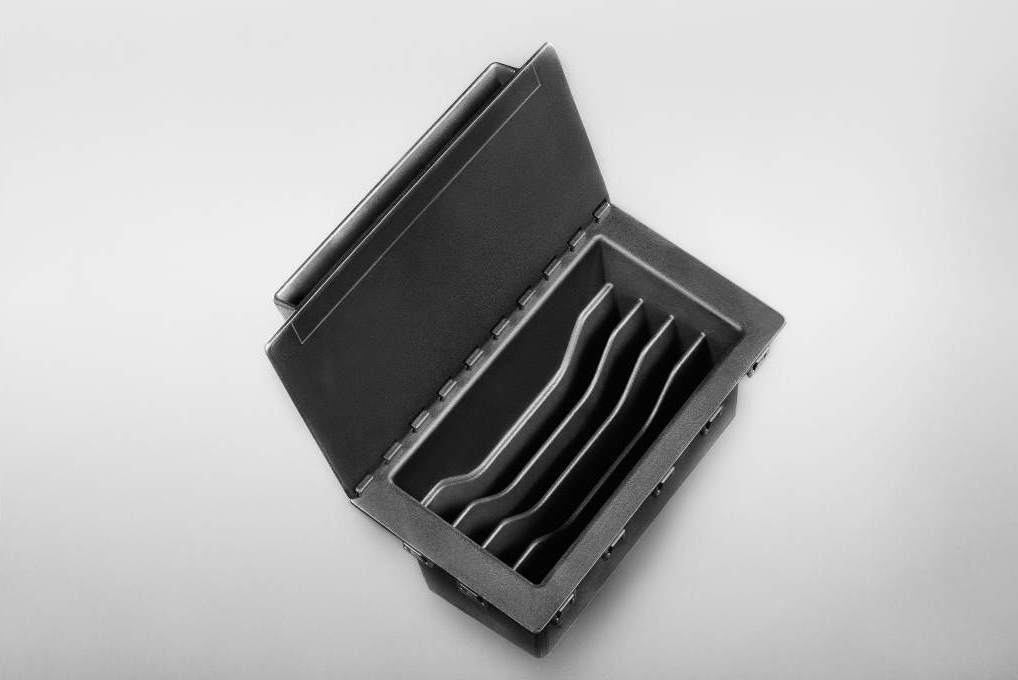Daimler Buses, parent company of Mercedes-Benz and Setra, has explained how it is implementing 3D printing to create components for its customers on-demand.
Providing the example of a banknote stowage compartment, Daimler has showcased how it is utilizing the technology to create bespoke parts. According to Daimler, the company has so far 3D printed 780 components with over 150 replacement parts currently undergoing validation.
Daimler Buses states it has over 25 years of experience with 3D printing technology and the group recently announced acquisition of a Ricoh Selective Laser Sintering machine. In addition, Daimler has also partnered with 3D printing company EOS and Airbus subsidiary – Premium AEROTEC to develop a smart factory project.

Selective Laser Sintering
3D printing, for Daimler, provides “a means of responding swiftly, flexibly, economically and ecologically to individual customer requests and requirements for replacement parts.” Opposed to injection molding which has “costs relating to tool production, component storage and the disposal of surplus materials.”
Demonstrating the potential of the technology for one-off productions, Daimler Buses points towards the banknote compartment as an example. 3D printing, in this instance, indeed showcases the ability to respond to a customer request and provide an accessible solution. The banknote stowage compartment that Daimler has produced also showcases the benefit of reducing the number of separately manufactured parts. Conventionally, this component would require several individual parts to be created using injection molding.
Daimler explains it uses a selective laser sintering process to produce the components and therefore may have been using the Ricoh AM S5500P it acquired in March.

Replacement parts
While 3D printing is often hailed as the technology of the future, the manufacturing technique has very real potential in the production of spare parts. As such, several companies are exploring the use of additive manufacturing for spare parts including German companies Volkswagen and Deutsche Bahn. Car manufacturer Volkswagen has this week announced a new spare parts initiative, while Deutsche Bahn is continuing to invest in AM to produce spare parts.
Hartmut Schick, Head of Daimler Buses, explains how 3D printing is advancing production of spare parts at the company,
The 3D printing process allows us to install local printers at the production plants operated by Daimler Buses worldwide. It also enables us to respond in a flexible manner at local level to customers’ special wishes and replacement part needs.
Schick also explains availability can be sped up, “while avoiding long transport distances as well as high transport costs and customs charges.” Daimler also cites the fact it does not have to stockpile parts when they can be 3D printed instead.
In the future, Daimler may expand the production of 3D printed parts as the technology advances. However, American group Local Motors is already using the method on a large scale by 3D printing an entire autonomous bus at its facility in Tennessee.
Stay up-to-date with the latest 3D printing news by subscribing to our newsletter and following us on twitter and Facebook.
Featured image shows the Mercedes-Benz Future Bus. Image via Daimler.



